How to have a calm dog
10 tips to calm your pet's behaviour
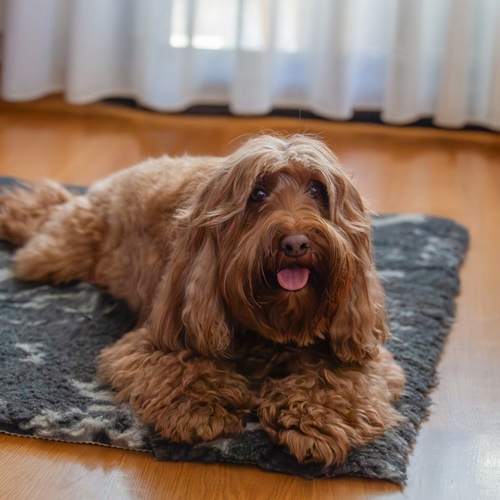
NERVOUS DOGS VS. CALM DOGS
Approximate reading time: 9 minutes
Just as some people are more relaxed and calm, while others are more prone to nervousness and stress, dogs also have differences in their behaviour that make them more or less calm. However, while natural temperament plays a big part, there are many things that can make your pet's life stressful. Your dog's environment, lifestyle and habits are crucial in keeping them relaxed.
The reality is that, whatever your dog's tendencies, they may be more nervous than usual because they don't have enough freedom, they have unmanaged fears or you don't relate to them in the right way. A dog may be nervous and agitated because of fears, health problems, poor socialisation, behavioural problems or an inappropriate lifestyle, with lots of changes in routine, travel or long periods alone. Of course, this is not the ideal state for your pet: a calm dog is desirable, which is not the same as an inactive or bored dog. What we are looking for is for the animal to react in a relaxed manner to the situations that arise in their life, with an appropriate level of stimulation and challenges that make their day-to-day life more interesting.
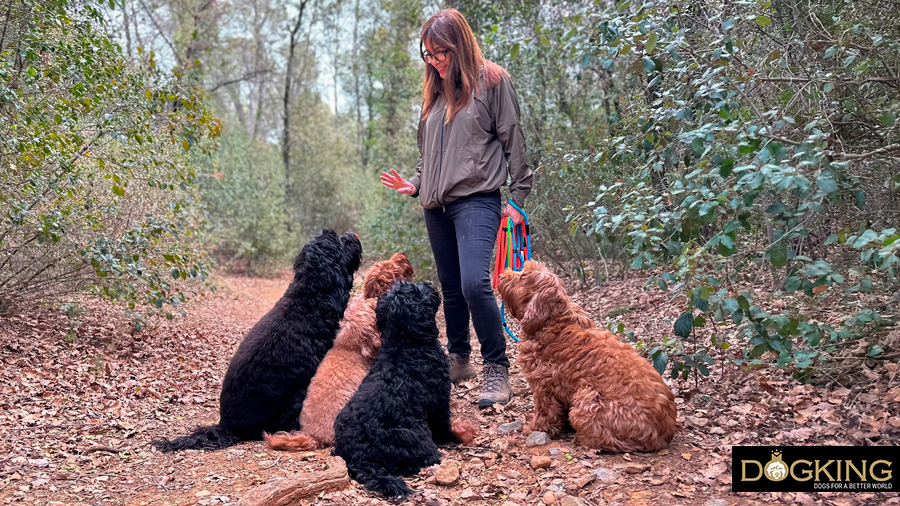
Table of contents
1- What can I do to make my dog calmer?
What can I do to make my dog calmer?
If you have a nervous dog, the first thing to ask yourself is what habits or routines make up their day-to-day life: do they get enough walks, do you play with them every day, do you reinforce their anxious behaviour without realising it? Let's look at some tips for getting your pet to be more calm and relaxed.
-
1. Moderate exercise
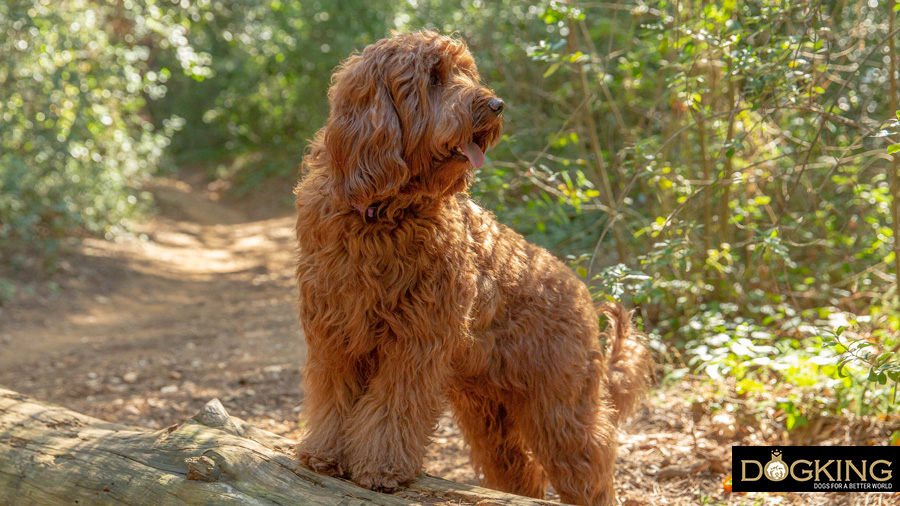
A healthy adult dog needs to burn off energy on a daily basis. To do this, it is essential that you walk your pet several times a day (in general, a minimum of 3 times is recommended), and that at least one of these outings should be long and of good quality. It is not enough to let your dog pee near the doorway and then go home. Your dog needs to stretch their legs, run, sniff, explore their environment... That is why we recommend daily visits to a dog park or safe space where your pet can move freely. Exercise should be moderate, not strenuous, and adapted to your pet's age and needs.
-
2. Socialisation
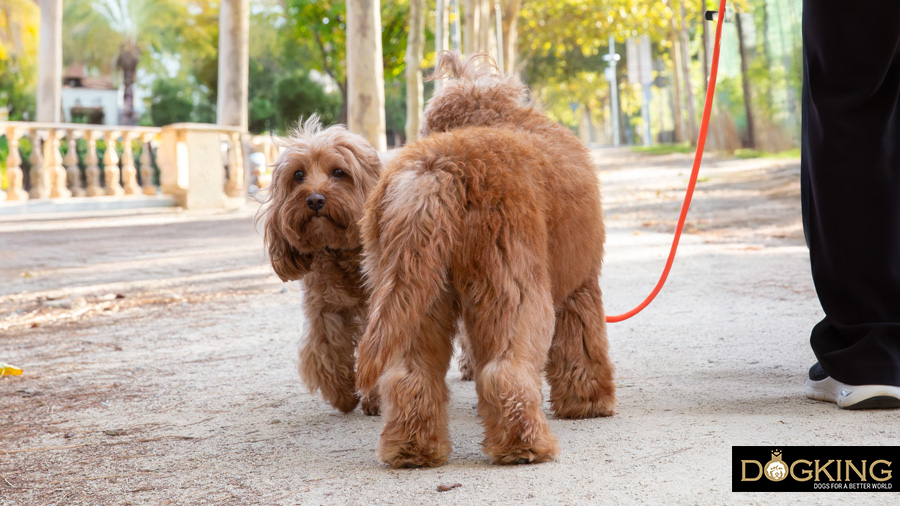
A calm and balanced dog is not the same as a bored dog. In fact, if your pet is bored, they are very likely to become anxious and behavioural problems will develop. For your furry friend to be happy and at peace, they need to socialise with other dogs, so make the most of your walks to greet their peers. It may also help to take them to different places and introduce them to new people, although if your dog has a high level of anxiety, try to do this gradually and consult an ethologist for further guidance. In general, a healthy dog needs medium-intensity stimulation to keep them interested and develop their curiosity and learning.
-
3. The importance of play
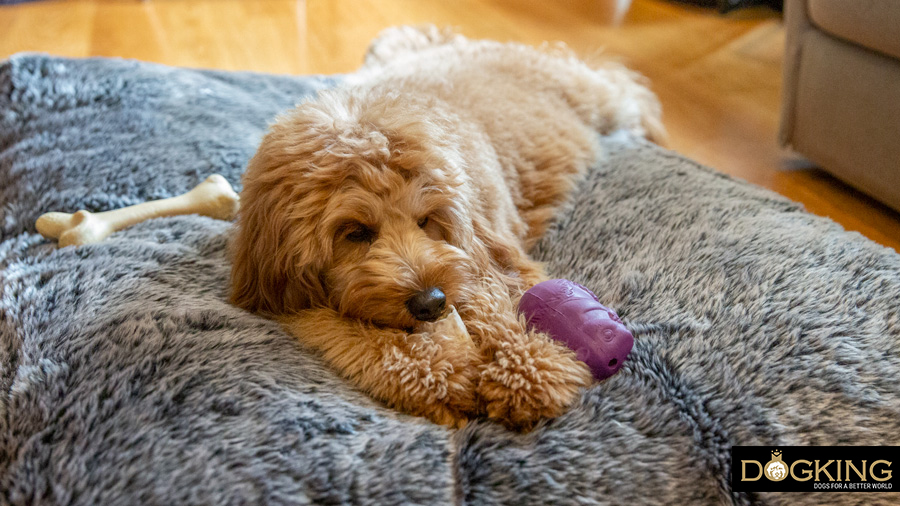
There are many hours in the day and it is not a good idea to let your dog wait for a walk to be happy. Keep them motivated and entertained during the day by leaving a couple of their favourite toys at their disposal. The rest you can keep and use to reward them when they behave well or when you need them to be highly entertained (e.g. when they are left home alone). One recommendation that never fails is kong-type toys, with treats inside that the animal has to get out. This activity keeps them very focused and is very stimulating for them. Have you tried them?
-
4. Pay attention to them
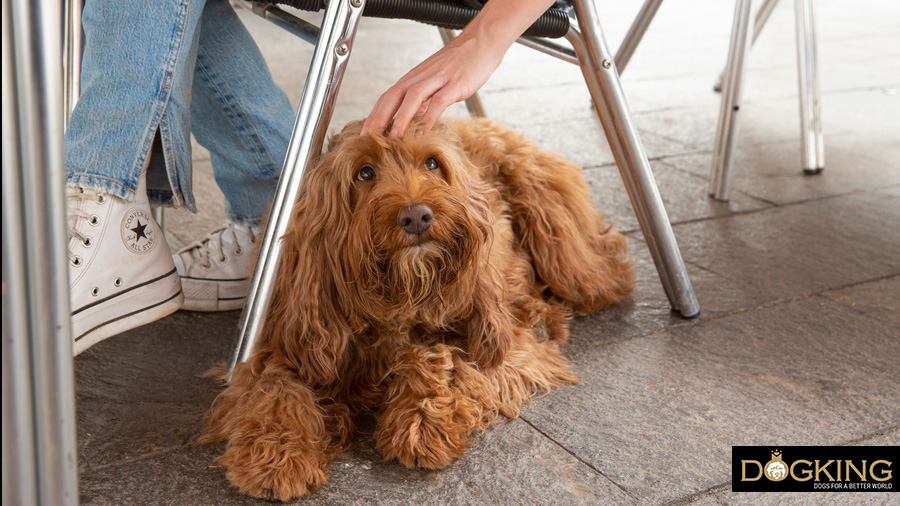
The bond that a dog develops with their handler is very intense. Yes, your dog needs you to be happy. So keep them company, pay attention to them and share time with them You can play, go for walks together, you can take them with you to pet-friendlycafés or shops... Give them cuddles and caresses when they are calm and this will not only deepen your bond, but will also reinforce this state of mind. In short, your dog needs active care from you: check their coat, paws and teeth regularly, brush them and try to understand their signals and sounds to give them everything they need.
-
5. Training is key
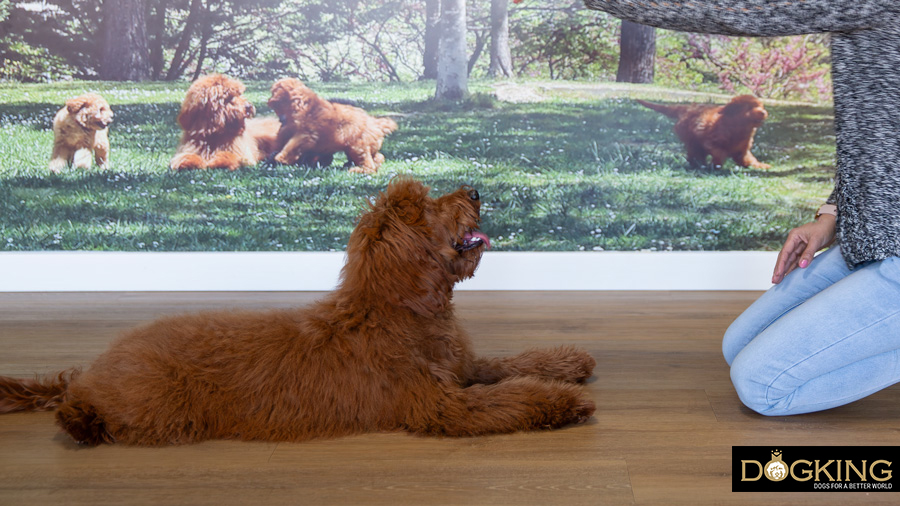
When it comes to training a dog, many people think that the only goal is to get them to sit on command or to teach them certain tricks. However, it has been proven that a trained dog is a much more balanced and happier dog. If you want your dog to be calmer, work on words like ‘lie down’ or ‘sit’ so that they can relax immediately when you ask them to. Knowing what is expected of them will allow your dog to better control their impulses and react more calmly to the stimuli around them.
-
6. Watch the environment
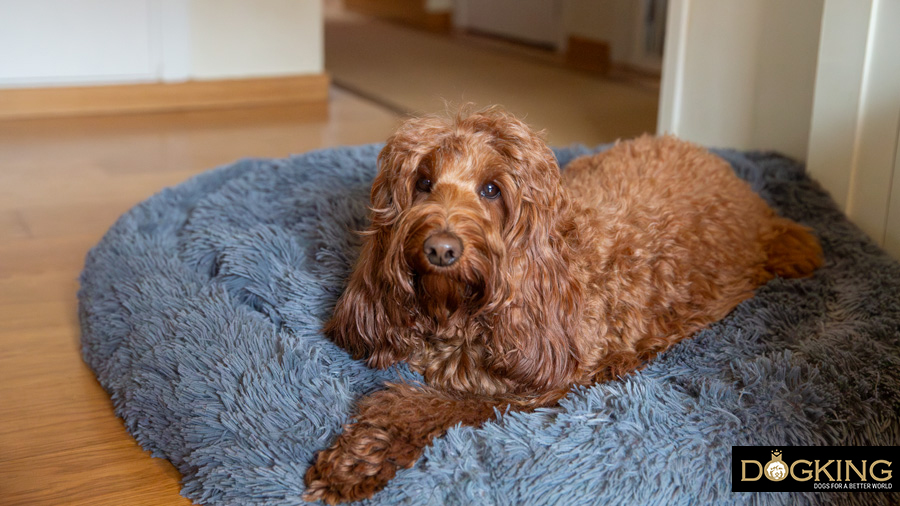
There is no point in following the other tips on this list to the letter if the environment in which your dog lives is stressful for them. If your home is noisy, if there are children who don't respect your dog's personal space, or if you are generally nervous and fast-paced around them don't expect them to feel any different. Dogs are mirrors that reflect our own emotions, so try to speak softly and move slowly around your dog if you want them to be calm and relaxed. If there is shouting, chaos or disorder around them it is unlikely to happen.
-
7. Don't overexcite
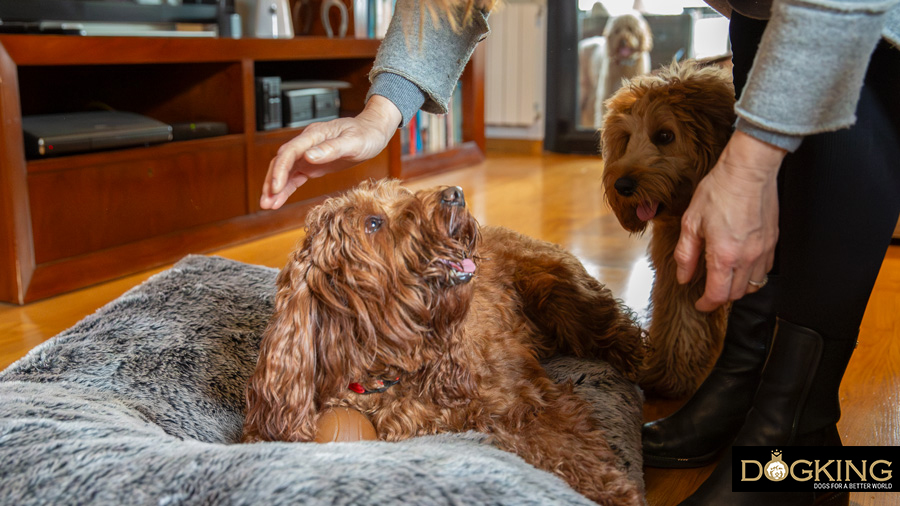
As much as your dog is happy to see you when you come home from work (and you are happy to see them) don't greet them too effusively, as you will be encouraging their anxious attitude. It is preferable to wait until they calm down and greet them calmly with gentle strokes and a calm demeanour. This applies to all other day-to-day situations, including play. It is one thing for your pet to become active during play, but be careful not to play in a way that gets them too excited. Watch your dog's signals, which through their body language and behaviour will reveal whether play is enjoyable for them or too intense.
-
8. Reward calm responses
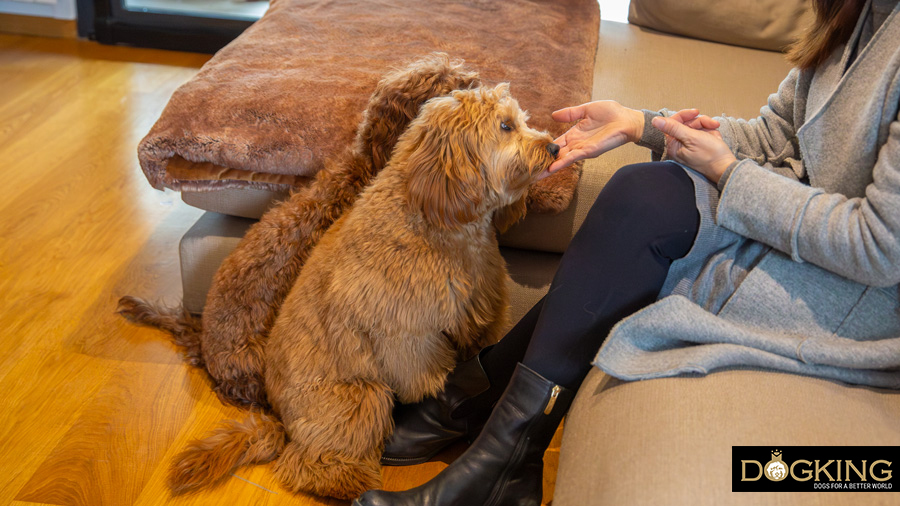
If you want your pet to react in a relaxed way to everyday situations, you should reward this behaviour. Instead of scolding them when they are nervous or ignore you, which only adds more stress to the situation and does no good, reward them with petting or treats when they act calmly. This will help your dog develop this attitude, as they will know that nice things happen when they behave well.
-
9. Restorative rest
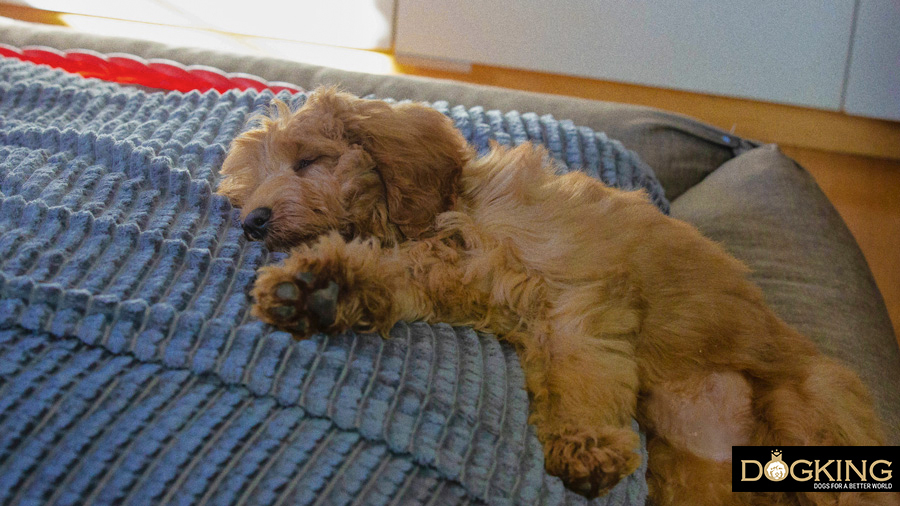
Dogs are rather curious sleepers, as they are almost always in a state of semi-wakefulness when resting. However, this does not mean that you can disturb your dog when they sleep. Your pet needs a quiet and comfortable resting place to relax. This place should be freely accessible, so that they can go there when they need it. Buy a bed that is appropriate for its size, padded and breathable and place it in a strategic location, at a good temperature, with natural light and silence. Although your pet can sleep anywhere, if they need a good night's sleep, they will have somewhere to go. A rested doggy is a happy and serene doggy.
-
10. Dog spa at home
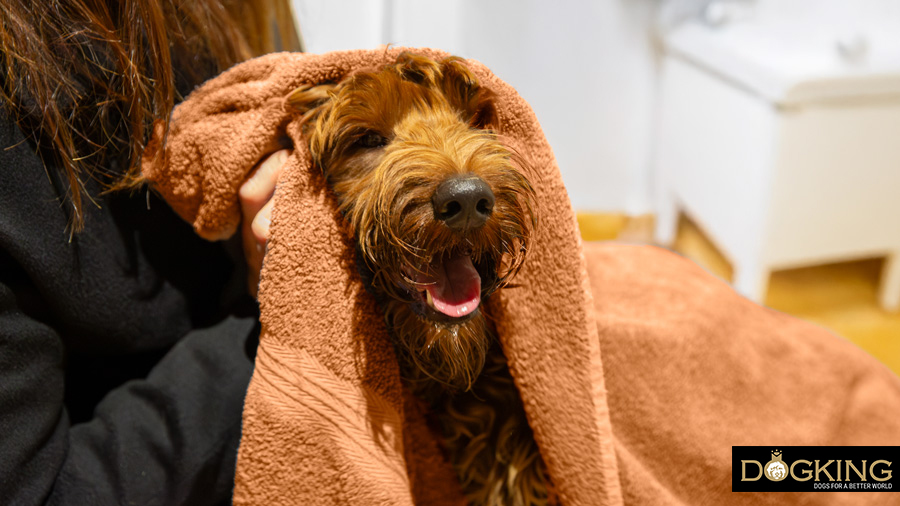
You'll love this idea (and so will your dog), how about organising a spa session for your dog at home? You can brush your pet, give them a massage (there are many tutorials on the Internet for this) with relaxing music or even use essential oils or synthetic pheromones, which are very beneficial for dogs.
A calm dog for life
If you have a very nervous and restless dog, you need to find out the cause of their behaviour. It won't do any good to give them a massage or exercise if there are other patterns in their routine that keep them stressed and unbalanced. If you have doubts or are unable to manage the situation, we recommend that you visit a trainer or ethologist to help your puppy regulate their emotions. If your dog is overly anxious, don't just say ‘that's just the way they are¨ because they could be having a bad time. Canine stress and behavioural problems in general are a serious issue that need to be addressed. As your dog's guide and caregiver, it is your mission to help your dog lead a healthy and happy life, which necessarily includes calm behaviour. And remember, although some dogs are naturally relaxed, calmness can be taught, so don't let it pass you by - your dog will thank you for it!